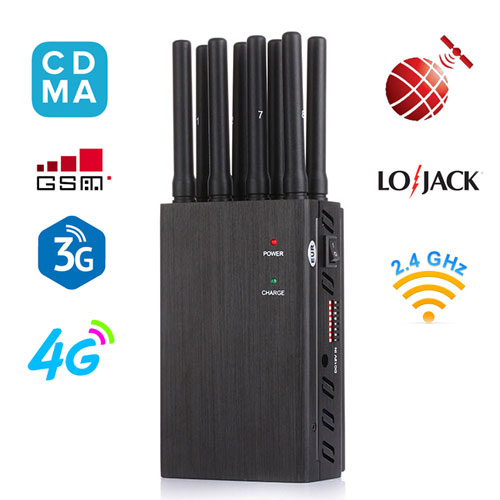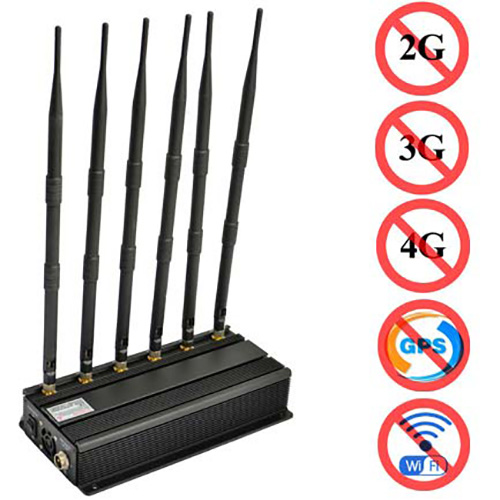Mobile phones are ubiquitous nowadays. According to data from the Cellular Telecommunications and Internet Association, in October 2005, about 195 million people in the United States used mobile phones. In Europe, mobile phones are even more ubiquitous.
It’s great to be able to call people at any time. Unfortunately, restaurants, cinemas, concert halls, shopping centers, and churches are all suffering from mobile phones, because not all mobile phone users know when to keep quiet. The speaker and his friends chat about some private topics on their mobile phones. Everyone next to them has to share such private conversations. Who hasn’t experienced it before? Although most people can only grumble and give up, some people go to extremes and retaliate.
A mobile phone is essentially a handheld two-way radio communication device. Like all radio devices, the signal can be blocked or interfered. This article will introduce the working principle of cell phone jammer and the legality of their use. Interfering with mobile phones is the same as interfering with other types of wireless communications. The mobile phone communicates with its service network through the base station. The base station divides the city into many small areas, called cells. When a mobile phone user is driving on the street, the signal is between different base stations transfer.

The interfering device emits the same radio frequency as the mobile phone, thereby interfering with the communication between the mobile phone and the base station.
The jammer transmits the signal of the same frequency as the mobile phone and the power is strong enough to allow the two signals to conflict and cancel each other. Since the mobile phone can automatically increase the power when it encounters slight interference, the jammer must be able to recognize the power increase of the mobile phone and increase its power accordingly.
The mobile phone is a full-duplex device, which means that it uses two separate frequencies for speech and listening. Some jammers only block one frequency, but they also have the effect of blocking two frequencies at the same time. Since the mobile phone can only receive one frequency at this time, it will mistakenly believe that the mobile phone has no service.





